When are Digital Twins Coming to the Industrial Manufacturing Industry?
Recently, Altair sponsored an SME audience survey to learn more about the adoption of engineering simulation and digital twin initiatives within the field of industrial manufacturing. This poll of 124 manufacturing professionals produced some interesting findings about how companies currently use simulation as well as what the biggest roadblocks are in the way of future technology adoption, including the use of digital twins. SME (previously the Society of Manufacturing Engineers) is a non-profit student and professional association for educating and advancing the manufacturing industry in North America.
The Current State of Simulation Adoption
More than four-in-five respondents (86%) indicated that their company performs in-house simulation of some kind. Almost half of respondents (46%) use 3D/CAD, but the use of dedicated computer-aided engineering (CAE) tools for in-house analysis lag significantly behind, with only 8% of the audience. With only a small population of manufacturing engineers actively using CAE, it is not surprising that only 5% of the audience is using digital twin simulations, defined as simulation linked to field data.
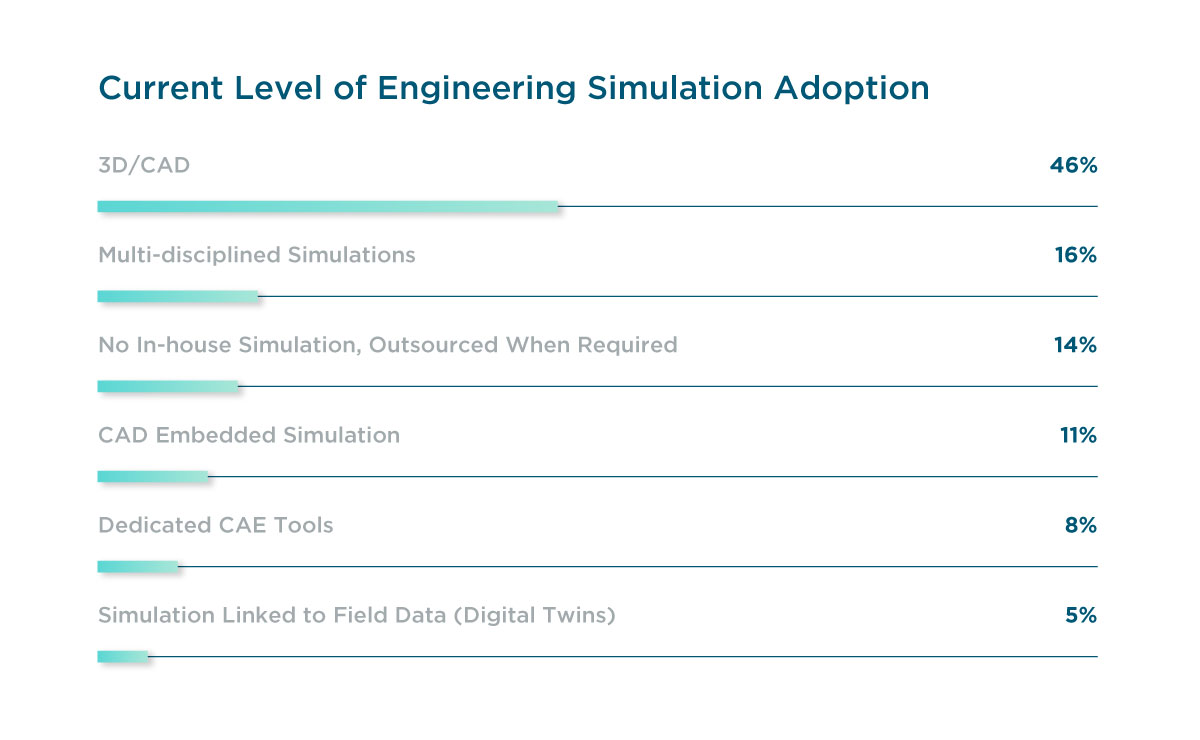
The poll captured responses within a number of machine segments, with CNC machine tools leading the way (33%), followed by special purpose machines (16%) and robotics and factory automation tools (11%).
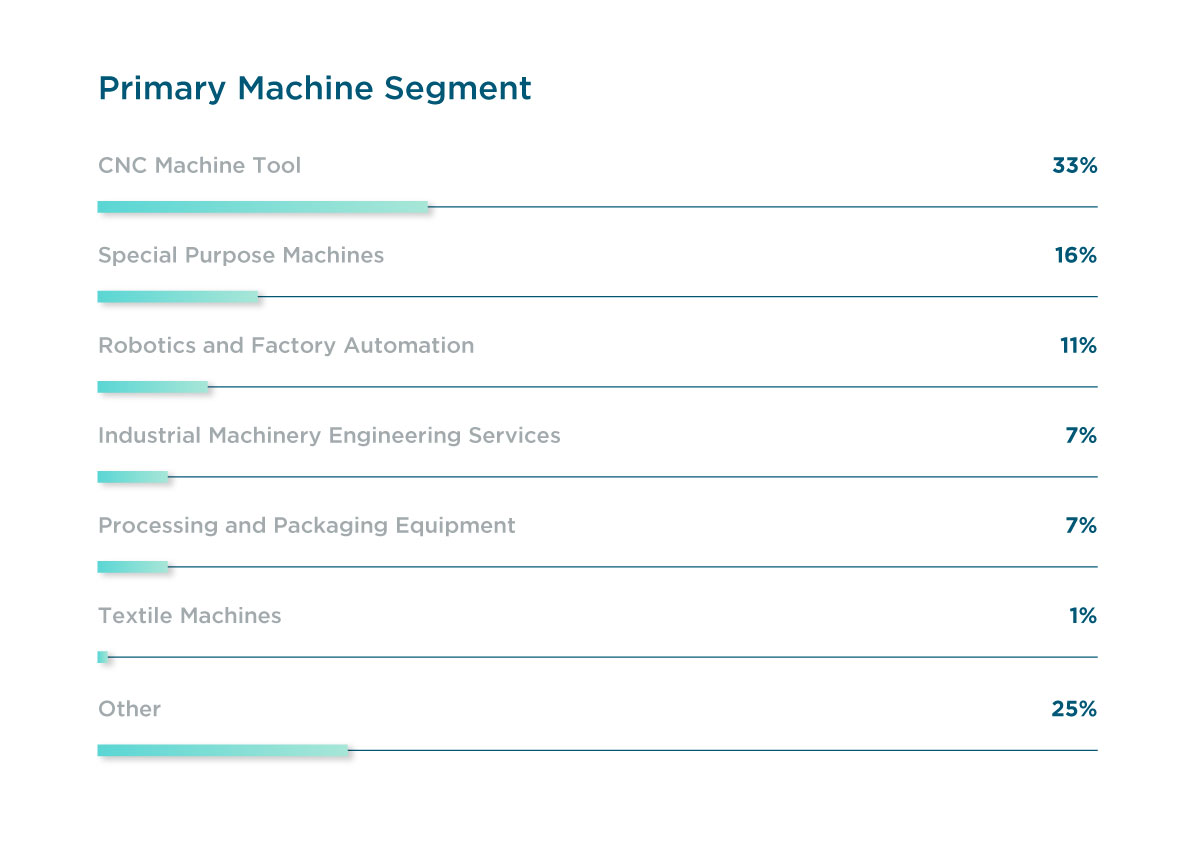
To understand organizational trends toward simulation adoption, the poll asked both about the respondent’s business and engineering goals. The primary business goals of simulation were reduction in development times and project risk, as well as achieving higher operational efficiency. The varied responses point to an understanding of simulation’s diverse benefits to business goals, rather than one single driver of adoption.

The engineering goals also showed a multifaceted response, led by a need for increased machine performance and product quality.
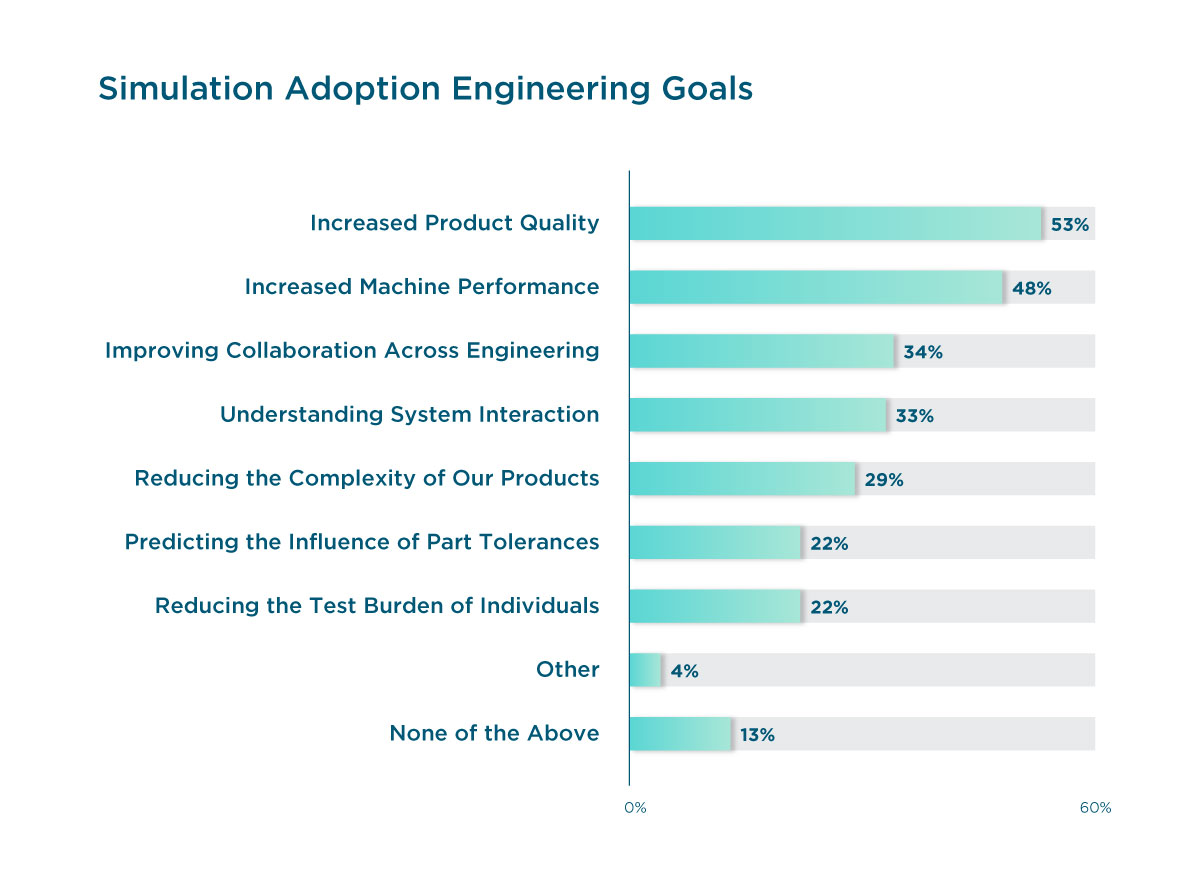
The Future of Digital Twins in Industrial Machinery
Though only 5% are actively using digital twins today, one-quarter of respondents (26%) indicated their company plans to undertake a digital twin initiative in the next five years, primarily to increase business agility and increase the number of first-time right products. These digital twin goals align closely with the simulation business goals of development time reduction and operational efficiency, as well as the engineering goals of increasing product quality and machine performance.
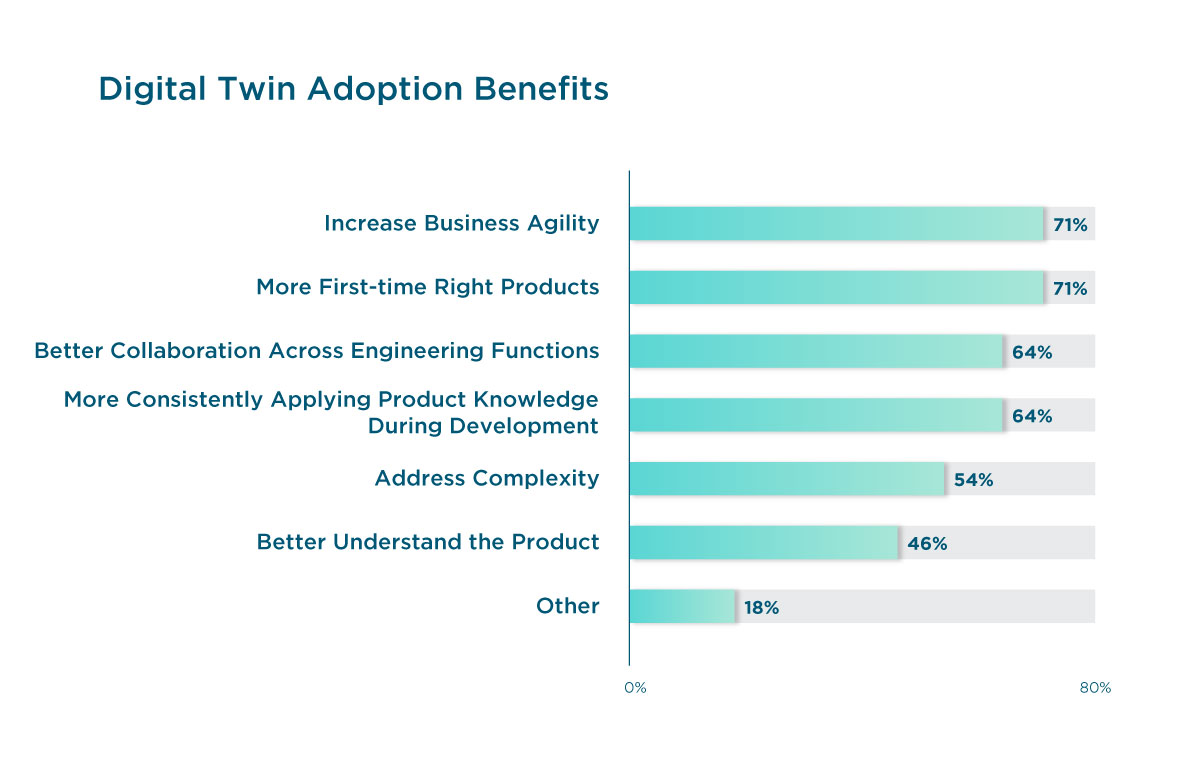
There are some significant barriers to digital twin adoption, chiefly the skill and data gap surrounding digital twin and simulation. With many companies still lacking in personnel and experience in simulation and lacking 3D product information needed to feed digital twin simulation, organizations may feel that the gap between their current processes and a mature digital twin strategy would be difficult and costly to navigate in the near future.

Overcoming Technology Barriers, Fostering Digitalization, and Ensuring Scalable Growth
According to survey respondents, the leading simulation benefit on machine performance was from manufacturing process simulation (58%), followed by machine mechanical stress and vibration (38%), thermal management (31%), full system simulation (26%), and controls development (23%). This demonstrates the applicability of simulation throughout the product design cycle, but also the challenges companies face when attempting to select the proper tools to support their digitalization initiatives.
With varied technology requirements from concept design through performance and manufacturability validation, it can be difficult to determine which simulation tools are worth the investment. The chosen tools must address initial barriers of entry, especially lack of experience and training, by offering intuitive user experiences and workflow automation. They also must be scalable to accommodate growth through digitalization along the product lifecycle. The first step towards digitalization is the application of virtual prototypes to improve the active management of technical risks in product line development and customer implementation projects. This virtual prototyping forms the foundation of future initiatives like the incorporation of digital twins.
Visit https://www.altair.com/industrial-machinery/ to learn about digital approaches for developing new machine generations and development strategies for machine builders to increase cycle rates and yields without compromising quality.
The daily work routine of most engineers does not allow them to immerse themselves in the depths of various simulation tools, Internet of Things (IoT) protocols, or different approaches to machine learning. Altair provides powerful, yet practical solutions for everyday use and scalable tools for the entire development process to create meaningful models for everyone involved in the development. Altair’s simulation tools span up-front simulation-based design, multiphysics workflows, and detailed modeling, allowing users to select the proper tool for the proper application at every stage of the design cycle. The standardized interface formats and browser-based user interfaces that Altair tools provide are an important step toward simulation democratization.
By introducing simulation strategies throughout the development process, the data from these analyses can be coupled to test and field data to form the basis of a digital twin strategy. Altair’s IoT and data analytics tools facilitate and automate the coupling of virtual and physical twins to support optimization throughout a product’s lifecycle.
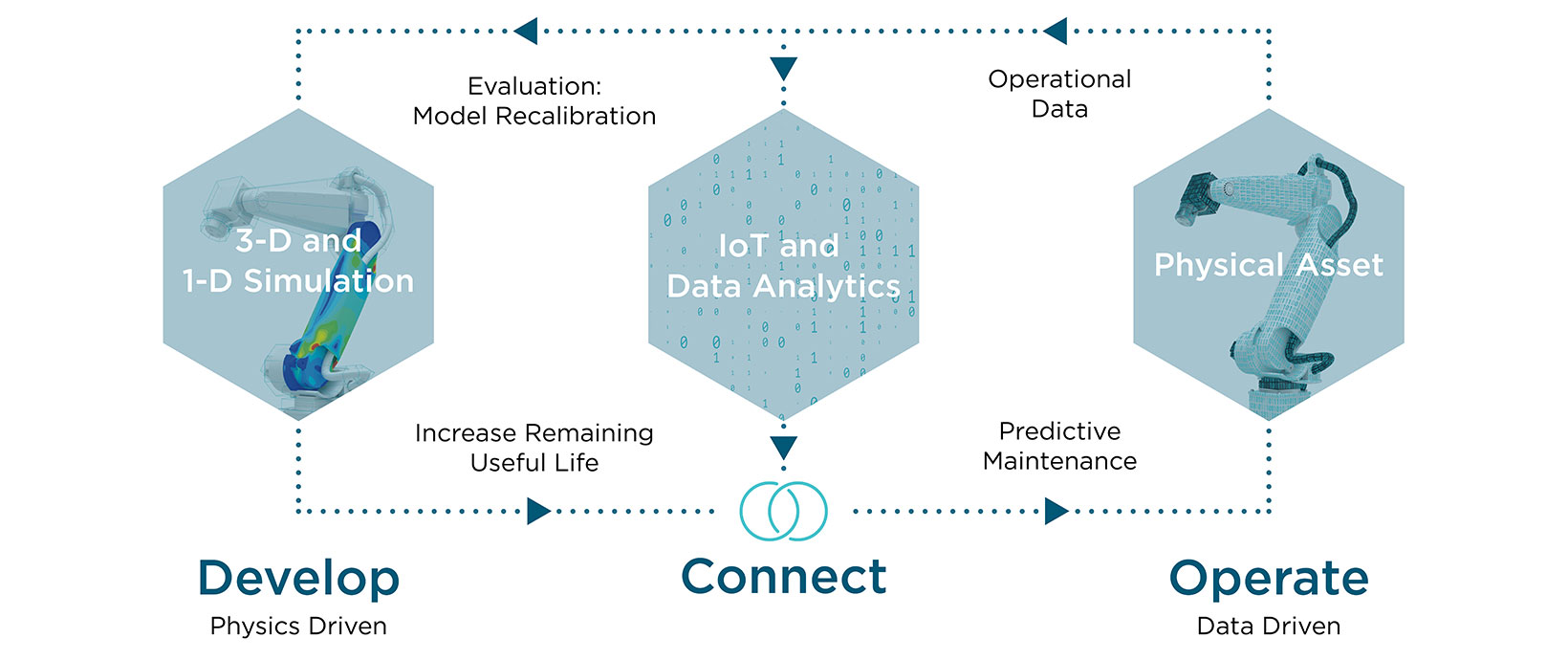
This digital twin platform helps organizations optimize product performance, gain visibility into the in-service life of a product, know when and where to perform predictive maintenance, and how to extend a product’s remaining useful life (RUL).
Learn more about Altair’s digital twin integration platform.
Altair’s philosophy of democratization extends to IT and procurement as well. Managing a multitude of installations, licensing models, and vendors make it difficult to get started, so Altair offers their entire suite of simulation software under one common license. Altair Units is a unified licensing system that gives access to every Altair product and the power to solve on any scale. This model delivers enhanced inclusivity at various price points, allows customers to maximize their software dollars through the flexibility to run software anywhere, and the freedom to choose from a variety of software tools with unparalleled value from this unique business model.




